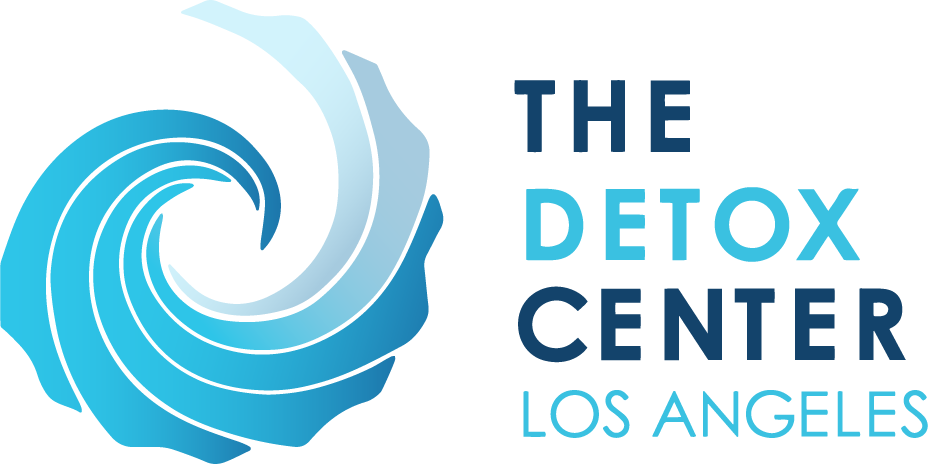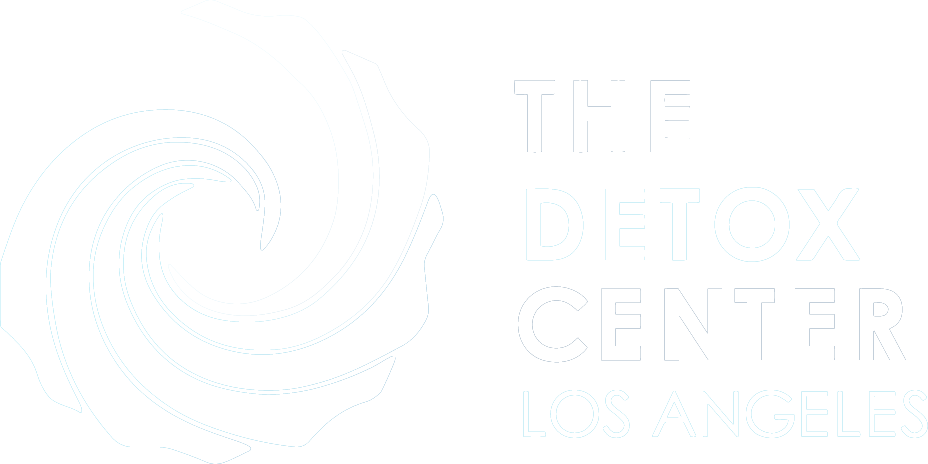Methamphetamine, otherwise known as meth, speed, crystal meth, chalk, ice, or other street names, is an illicit dangerous stimulant drug. Maybe highly addictive due to its high potency. It affects your body in multiple ways, and sometimes loved ones may find it difficult to notice signs of meth use. Furthermore, it affects life around you, for example, socially, financially, or legally.
You may have a hard time if you suspect that someone is using, but you have no real proof or confirmation. Most of us are familiar with maths science from television watching shows like Breaking Bad. Others I’m not sure but observe. This quick guide will give you knowledge that could provide young addiction help in Los Angeles, and even save a life.
Signs of Meth Use
1. Meth Paraphernalia

Paraphernalia refers to the equipment used to abuse meth. The equipment as one of the most obvious indicators of substance use. As you look out for the items used to abuse meth, you should have an idea of how the drug looks like. The physical traits of meth are:
- It usually is white, transparent, or clear; thus, it earned the name crystal meth.
- Meth is soluble. This means it can dissolve in liquids like water.
- It is odorless. This means it has no definite smell.
There are various types of paraphernalia used for men. They depend on the mode of consumption. Some of the most common ways of taking meth include smoking, injecting, snorting, and taking orally.
The equipment used to take in meth include:
- Syringes
- Needles
- Surgical tubes
- Razor blades
- Burned spoons
- Rolled up paper bills
- Short cut straws
- Pieces of glass
2. Visible Signs
The visible signs are the ones you can generally raise enough suspicion about possible meth abuse. The most common visible signs of meth use include:
- Dilated pupils
- Rapid eye movements
- Loss of appetite
- Loss of weight
- Always picking at their hair or skin
- Talking constantly
- Paranoia and hallucinations
- Outbursts and mood swings
- Twitching, jerky movements, exaggerated mannerisms, or facial tics
- Odd sleeping patterns. A meth user can stay awake for days that could stretch to weeks
You should reach out to a medical professional immediately if you notice these signs and get your loved one help, which includes rehab treatment in Los Angeles.
3. Behavioral Signs

You may also notice some behavioral changes in your loved one when they start abusing meth. The changes may manifest in the following ways:
- Paranoia and hallucinations
- Shortness of breath
- Grinding of teeth
- High blood pressure
- Reduced appetite
- Weight loss highly
- One becomes very alert
- One becomes more physically active
- Elevated body temperature
- Increased heart rate
- Outbursts and mood swings
- Your loved one could be secretive about trying and concealing their meth abuse problem
Behavioral symptoms can turn out to be dangerous. For example, exposure to high blood pressure for a long while could lead to life-threatening complications. Mood swings and outbursts could also ruin relationships between family members. Reach out to a meth rehab in Los Angeles to get help.
4. Tweaking Signs
Tweaking is a stage when the user comes to one the end of a high. The stage follows the initial high, which comes with a rush of excitement and stimulation. Some of the common tweaking signs include:
- Intense cravings for another meth dosage
- The user may lack sleep for days
- They may experience a crawling sensation similar to bugs crawling under the skin
- The user may experience hallucinations
- Increased frustration, paranoia, and becoming unstable.
- The user has the potential for self-harm.
You should be keen to observe signs of tweaking to prevent your loved one from getting to the point of self-harm. Reach out to a treatment professional before you approach your loved one about their meth substance use disorder.
5. The Crash

The crash is another stage in the meth abuse cycle. It is common among people who abuse it regularly. You will notice a user in this stage as they mostly take long periods of sleep. These periods can stretch from 1 to 3 days. After the crash stage, the user will experience normalization in which school from 2 to 7 days. Most of the psychological and physiological symptoms will subside during normalization. However, the user will still experience cravings. If the user fails to get a dosage for a while, he or she will experience withdrawal symptoms.
Get Help for Meth Substance Abuse at The Detox Center of Los Angeles
The Detox Center of Los Angeles is a fully licensed alcohol & drug detox, rehab, and partial hospitalization center located in Los Angeles, California. We specialize in treating various disorders including
- Opioid addiction
- Methadone addiction
- Marijuana addiction
- Heroin addiction
- Fentanyl addiction
- Cocaine addiction recovery Los Angeles county
- Benzodiazepine addiction
- Codeine addiction
- Amphetamine addiction
- Alcohol rehab Los Angeles
- Adderall addiction
Our services are outstanding because of personalized service, which helps us deliver each case differently to make the treatment more effective. We are a clinical team of expert staff, which includes addiction specialists therapists and counselors, which help provide personalized care.
The treatment we offer is all around and seeks to help in physical and emotional recovery. We have modern facilities that provide a safe and peaceful environment to enable you to focus on detox and recover from substance use disorder. Our team relies on proven treatment methods which include cognitive behavior therapy, support groups, family therapy, the 12-step programs, and more. Are detox and treatment progress is in two major stages inpatient and outpatient treatment programs.
We accept various insurance policies that you should confirm with your insurance provider if you’re covered for treatment at our facility. We also accept private funding, which includes a check or cash payments. In case you notice any of these signs, you can contact us to start your meth addiction recovery today in Los Angeles, California.
Conclusion
Methamphetamine is an illicit and highly addictive drug. It is commonly known as meth, chalk, speed, or many other names. It is essential to know the signs of meth use so that you can be able to get help for your loved one in time. Some of us may be familiar with the signs, and others may not know what to look for. The signs for meth use include:
- Paraphernalia. This is the equipment used to abuse meth. They depend on the various consumption methods, which include smoking, snorting, injecting, or ingesting the drug. Examples of paraphernalia you may spot include smoking pipes, burned spoons, aluminum foil, pieces of glass, shortcut straws, and more.
- Visible signs. These are the physical or more apparent signs of meth abuse. Examples include injection marks, paranoia and hallucinations, outbursts and mood swings, loss of weight, and more.
- Behavioral science revolves around changes in the behavior of your loved one. The most common are reduced appetite, paranoia & hallucinations, an increase in alertness & physical activity, and more.
- Tweaking signs. Tweaking is a stage in the abuse cycle of meth. It comes after the initial high, which is characterized by excitement and stimulation. Examples of tweaking signs include lack of sleep, strong cravings for meth, frustration, hallucinations, crawling sensations, and potential for self-harm.
- The crash signs. These signs appear in the last stage of meth abuse. Crush signs mainly revolve around sleep; they are characterized by abnormal sleeping periods, which will stretch from 1 to 3 days.
Once you notice these signs, reach out to a medical professional to guide you on how to approach your loved one, or you can approach them politely and try to show them the effects of meth abuse and addiction. You can get help from 310 recovery, one of the best drug rehab centers in Los Angeles, California.






